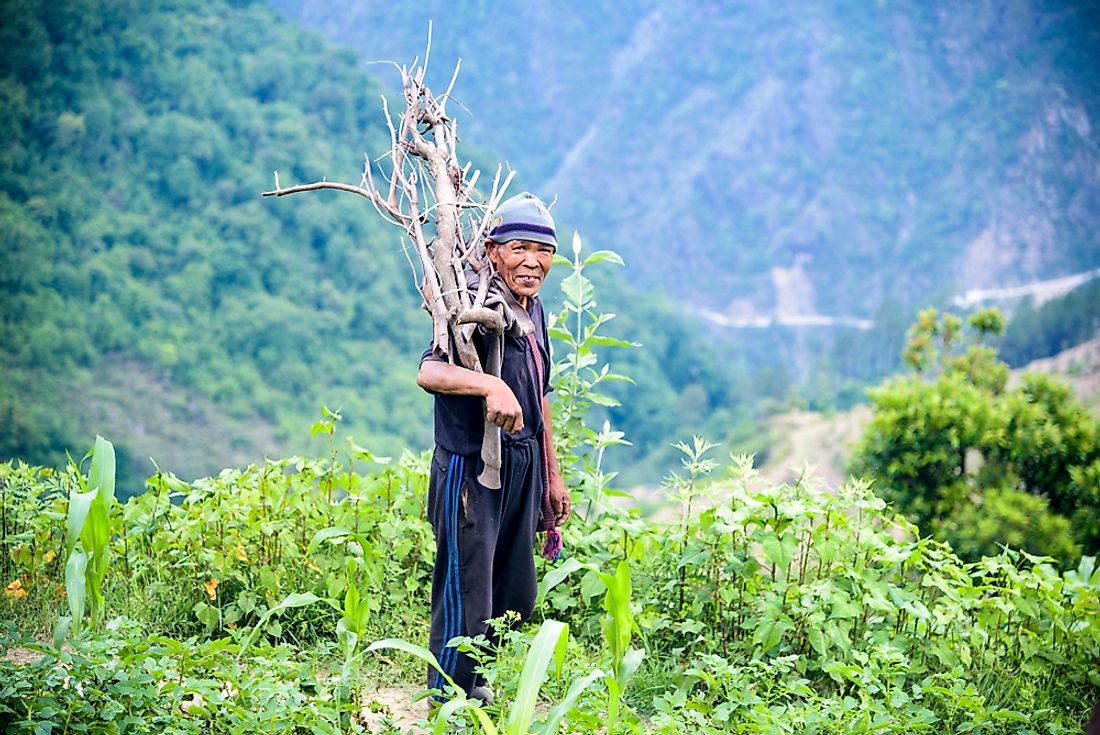Where Do the Sherpa People Come From?

The Sherpa are an ethnic group of people who inhabit several areas in countries such as India, China, Nepal, and Bhutan. The word Sherpa is drawn from their native tongue and refers to people who come from the east, a reference to their original homeland in the northeastern section of Nepal. Several estimates indicate that the global population of Sherpas is approximately 276,700, most of whom live in Nepal. Due to several factors, a significant number of Sherpas have migrated to foreign countries with the city of New York having the most substantial groups of Sherpa population in the US at roughly 3,000 people.
Sherpa History
For much of their history, the Sherpa lived a nomadic life with their first settlement being in a Nepalese district referred to as Solukhumbu. Their migration routes followed the salt trade route as the trade was a significant economic activity. Apart from migrating because of trade, Sherpas could have also moved due to religious conflicts particularly during the 13th and 14th centuries. The oral history of the Sherpa indicates that the tribe migrated from Solukhumbu in four waves which would later become the tribe's four primary clans. Over the years the groups would further subdivide, and the present-day Sherpa community has roughly 20 recognized clans. The formation of the state of Nepal in the 1400s was integral to the Sherpa people as it allowed them to attain autonomy. One of the oldest Sherpa villages in Nepal is Tengboche which is also an important area in the Buddhist religion.
Sherpa Culture
The culture of the Sherpa is similar to the culture of the Tibetan people due to the closeness of the two communities. The Sherpa typically practice Buddhism, and most belong to the Nyingmapa sect. In present-day Sherpa communities, religious leaders known as lamas are in charge of the ceremonies and rituals within a village. The Sherpa belief also incorporates traditional nature spirits that live in places such as forests and mountains. The Sherpa hold Mount Everest and Mount Makalu in high regard. Traditional clothing also plays a significant role in the life of the Sherpa community with men having a traditional robe known as kitycow while the women have dresses referred to as tongkok. The native Sherpa clothing is similar to the traditional Tibetan clothing. Like in many communities around the world much of the traditional Sherpa clothing has been replaced by western clothes. Marriage is an important activity in Sherpa culture, and when the young couple gets children, they construct a new house with the help of the community. As the house is built, ceremonies may be carried out to ensure the blessings of the deities.
World-renowned Sherpas
Various Sherpa people have attained fame around the world mainly because of their mountaineering prowess. The most famous of the Sherpa is Tenzing Norgay who was among the first people in recorded history to reach the top of Mount Everest together with Sir Edmund Hillary. In 1996, Tenzing's son, Jamling Tenzing Norgay, also climbed the mountain. Apa Sherpa attained global fame after he climbed Mount Everest 21 times, having first climbed the mountain in 1989. One of the most well-known Sherpa women is Nima Chhamzi Sherpa who, in 2012 at the age of 16, became the youngest woman to climb Mount Everest.











